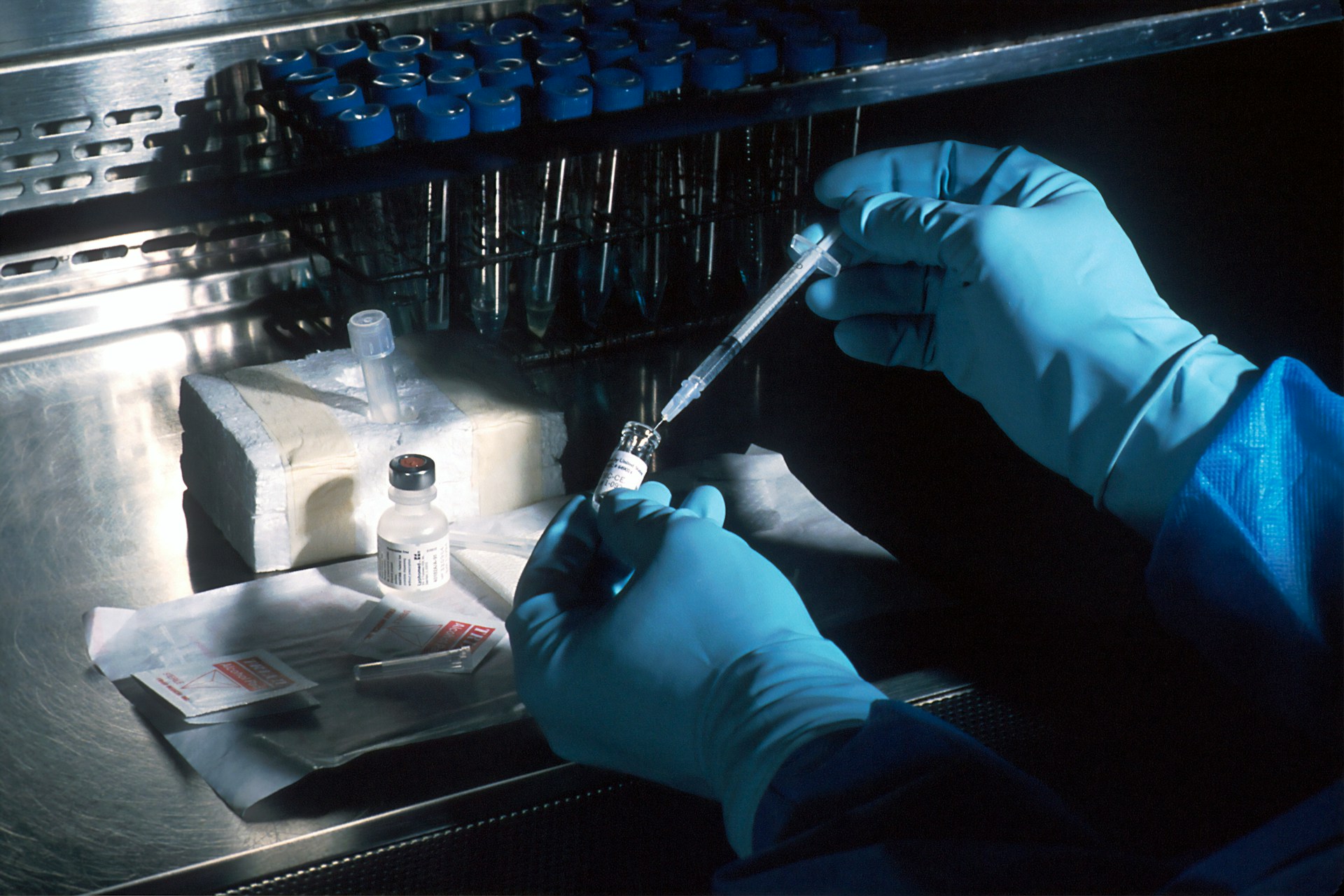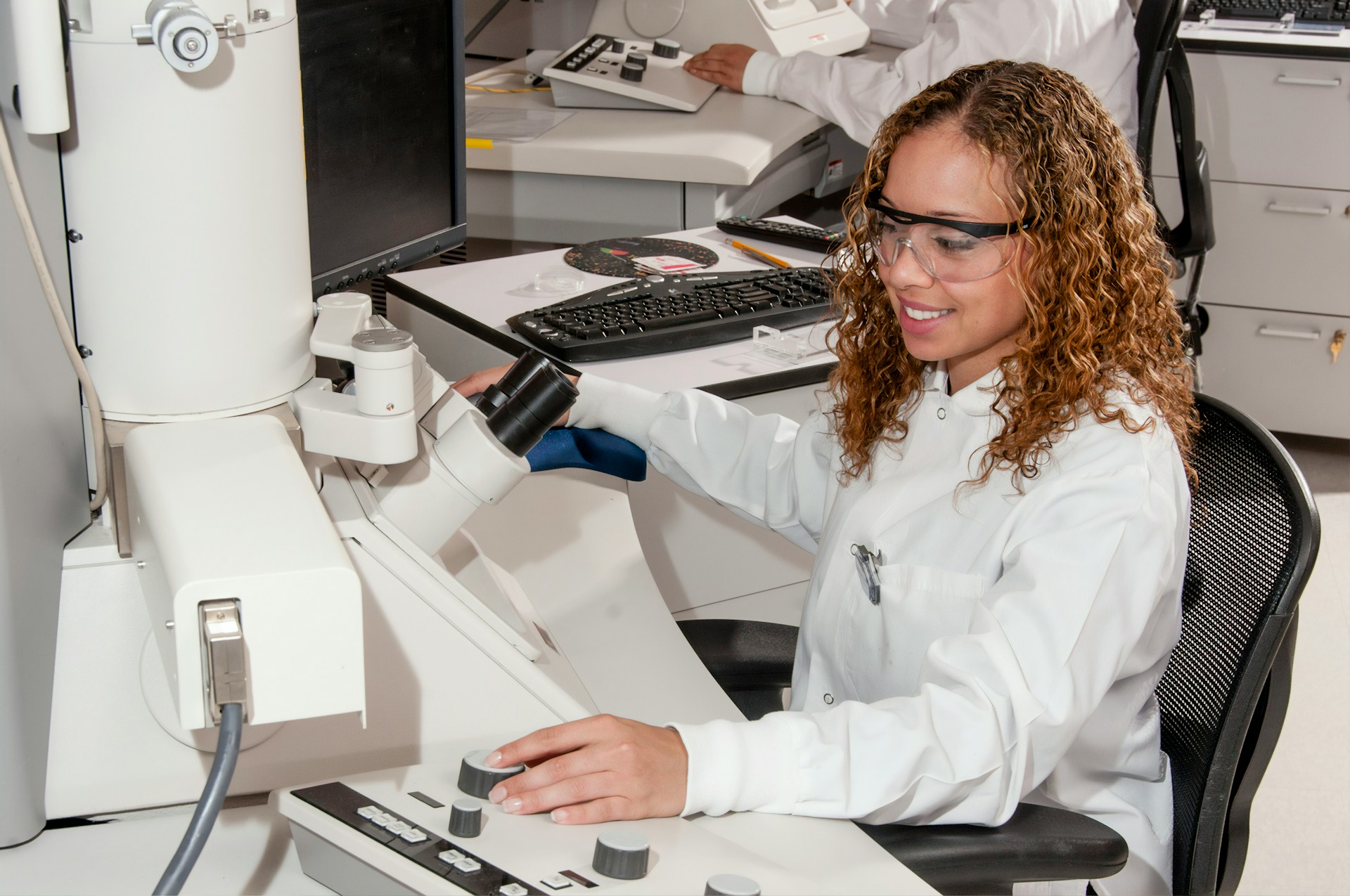How to Improve Hiring Times of R&D Scientists in Pharma and Biotech
31 Jul, 20256 Minutes
Hiring R&D scientists has become one of the toughest challenges in life sciences recruitment. Demand is growing fast across both pharma recruitment and biotech recruitment, but the talent pipeline isn’t keeping up.
This isn’t just about having more vacancies. The roles themselves are more complex. Skills in gene therapy, data-driven science, and rare disease research are harder to find, and many of the best candidates are already embedded in other projects. Some are fielding multiple offers. Others are staying for stability.
Hiring managers are under pressure to move quickly, offer clarity, and compete with sectors outside pharmaceutical staffing. It’s a tight, technical market. Outdated hiring processes are pushing good people away.
This blog breaks down what’s really making R&D scientist jobs so difficult to fill and offers practical insight to help you improve hiring outcomes.
The Demand for R&D Scientists is Rising Faster Than the Supply
The demand for research and development scientists has surged across life sciences recruitment, but the supply of qualified professionals hasn’t caught up.
Since COVID, both pharma recruitment and biotech recruitment have seen renewed investment in R&D. Drug discovery is moving faster, and timelines are tighter. In areas like gene therapy, oncology, and rare disease, there’s pressure to accelerate breakthroughs. Every phase of development needs people with highly specific skills, often across both lab work and data interpretation.
But this isn’t just about hiring more people. It’s about hiring the right people. The most sought-after candidates combine analytical capability with practical lab experience. These scientists are in demand not only in biotech and pharma, but also in healthtech start-ups, data-led research firms, and even big tech companies investing in bioinformatics and AI-enabled drug discovery.
As a result, time-to-hire has increased. Many roles stay open for months. According to a recent BioIndustry Association report, UK-based biotech vacancies now take an average of 68 days to fill, and that stretches even further for senior or data-heavy roles.
The narrower the skillset, the harder the hire. If you're only looking for candidates with cross-disciplinary experience and niche therapeutic knowledge, your talent pool will shrink fast. This is why R&D scientist jobs require tailored, focused hiring strategies that reflect today’s market conditions.
Why Good Candidates Are Turning Down Offers
Even when companies manage to attract qualified applicants for R&D scientist jobs, too many offers are being rejected. In today’s life sciences recruitment market, delays and unclear messaging are major blockers.
Candidates are making quick decisions, often based on first impressions and how well the offer matches their priorities. If your hiring process is slow, inconsistent, or vague, you're already behind.
Here’s what’s turning people off:
Delays in scheduling interviews
Candidates in pharma recruitment and biotech recruitment are often in multiple processes at once. If they don’t hear back within a week, many assume the company isn’t serious.
Unclear job descriptions
Long lists of duties without context won’t persuade scientists to switch roles. They want clarity on:
- What kind of science they'll be doing
- What stage the project is at
- How their work will contribute to results
- Weak early-stage employer branding
Smaller biotechs without a visible online presence or clear culture can struggle to gain trust. If there’s no defined team structure or project roadmap, strong candidates will go elsewhere.
No transparency on salary or benefits
Saying “competitive” means nothing. Most scientists want to know upfront:
- Salary range and bonus structure
- Flexibility or hybrid working
- Long-term development opportunities
Orion works closely with clients to reduce these blockers. We help scope roles clearly, set realistic expectations, and provide real-time insight into salary trends, candidate behaviour, and common rejection points. With the right preparation, many of these drop-offs can be avoided.

How Biotech and Pharma Differ in Attracting Scientists
Hiring for R&D scientist jobs isn’t a one-size-fits-all task. The approach needs to reflect the reality of your organisation. Smaller biotech firms and larger pharmaceutical companies are competing in the same talent market but offering very different things.
Biotech companies tend to attract scientists who are motivated by impact, agility, and growth potential. These candidates are often looking for:
- Early exposure to projects at the development stage
- Influence over decision-making
- A more visible path to progression, even if it's informal
- Sometimes equity, though this isn’t always guaranteed
That said, biotechs can lose ground if they can’t clearly explain how the company is funded, what the long-term plan is, or how job security compares to larger employers.
Pharmaceutical companies, by contrast, are more likely to attract scientists who want long-term stability, structured learning, and well-established teams. They usually appeal to people who:
- Want access to global resources and funding
- Prefer defined roles with clear boundaries
- Value formal training, mentorship, and career progression frameworks
The key is not to copy what competitors are offering, but to shape your offer around what you can provide. Biotechs might not match big pharma on salary or security, but they can sell the speed, visibility, and innovation of their working environment. Large pharma firms may not offer equity, but they can lean on legacy, scale, and certainty.
In life sciences recruitment, a generic message won’t cut through. Tailoring your attraction strategy to reflect your actual strengths is the only way to reach the right candidates.
What Clients Can Do Differently to Compete
Hiring for R&D scientist jobs is competitive, technical, and time-sensitive. Many companies assume the challenge is external: too few candidates, too much market movement. But in reality, the issue often lies in the process itself.
A slow, unclear, or poorly structured hiring approach can push even the most engaged candidates away. In today’s life sciences recruitment market, the strongest candidates are already at work or considering multiple offers. If your offer does not stand out, they will move on quickly.
Set timelines before going to market
Momentum matters. Before advertising a role:
- Confirm who is responsible for each stage of hiring
- Lock in interview availability in advance
- Set a clear timeline for feedback and decision-making
Delays are one of the most common reasons candidates walk away in both biotech recruitment and pharma recruitment.
Brief your interviewers
Misalignment within interview panels leads to confusion and missed hires. Make sure your team understands:
- What the role is expected to deliver
- Which skills or behaviours are non-negotiable
- How to assess both technical and team fit
Be transparent on salary and package
Using the word “competitive” is not enough. Candidates want to know:
- If the salary is fixed or flexible
- What benefits or incentives are offered
- Where the role sits within your salary structure
Clarity helps build trust and speeds up the process. A clear range also reduces the chance of wasting time on mismatched expectations.
Scope the role clearly
Scientists are drawn to specificity. Make sure your job brief includes:
- The exact scientific focus of the role
- What stage the project is currently at
- What short-term impact the successful candidate will have
In pharmaceutical staffing, these details often shape whether a scientist sees your role as worth pursuing.
Work with a specialist recruiter
This is not a generalist market. R&D hiring needs deep knowledge of the sector, current salary benchmarks, and access to people who are not applying directly.
Orion works with clients to define more accurate briefs, refine internal timelines, and introduce candidates who already work in comparable environments. We help ensure your hiring process is aligned with market expectations and built to secure the right people at the right time.

Plan, Position and Partner with the right people.
Hiring R&D scientists is not just a volume issue. It’s about timing, clarity, and understanding what the right candidate is actually looking for. Across both biotech recruitment and pharma recruitment, the organisations making successful hires are the ones that plan ahead, define their offer clearly, and move with purpose.
Whether you’re scaling a start-up or managing pharmaceutical staffing across multiple sites, your process needs to reflect what candidates value now. That means well-scoped roles, transparent salaries, aligned interviewers, and timelines that keep things moving. In a selective market, these details matter more than ever.
Talk to Orion about your R&D hiring strategy
If you’re hiring for R&D scientist jobs and struggling to get the right people through the door, we can help.
Orion supports pharmaceutical and biotech companies of all sizes with both permanent and contract hiring in research and development. We provide real-time market insight, help define role briefs that work, and introduce you to candidates who are already operating at the level you need.
Get in touch with Orion today to access specialist support in life sciences recruitment and build a hiring process that gets results.



